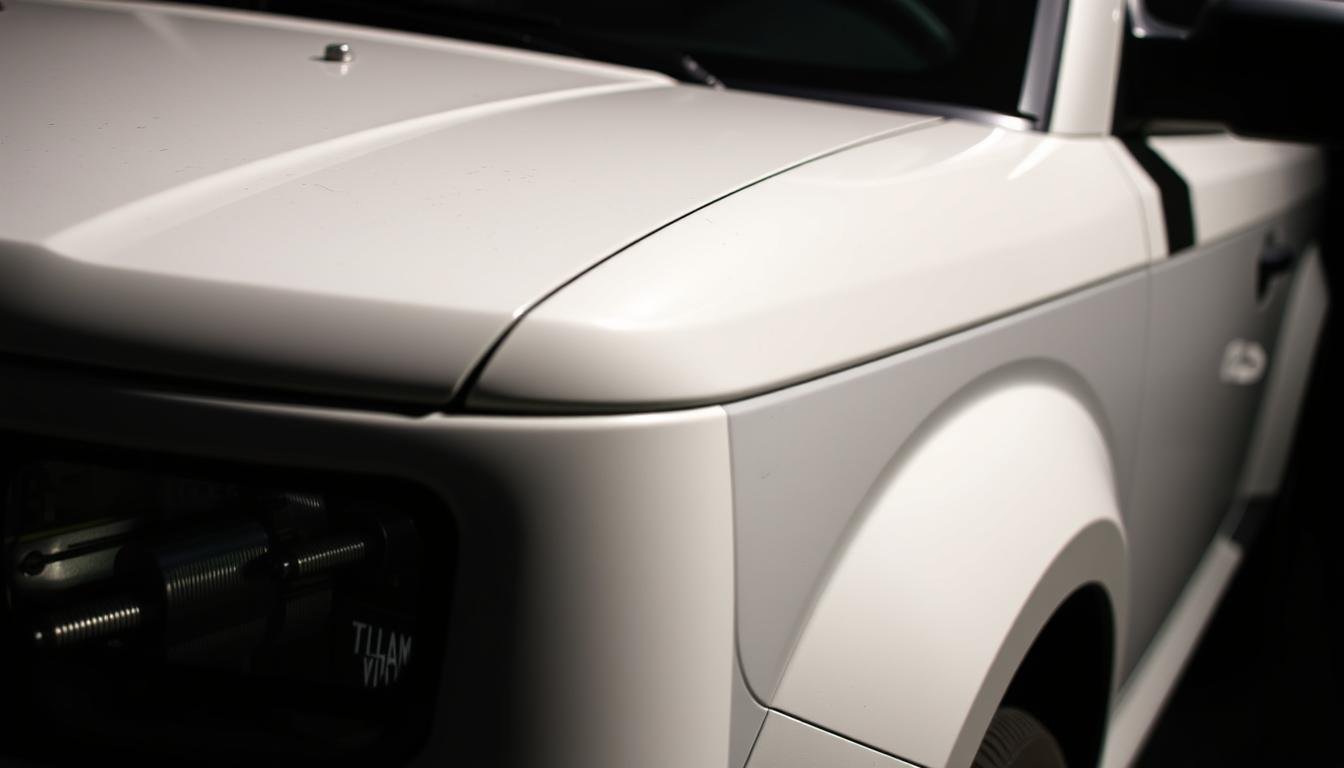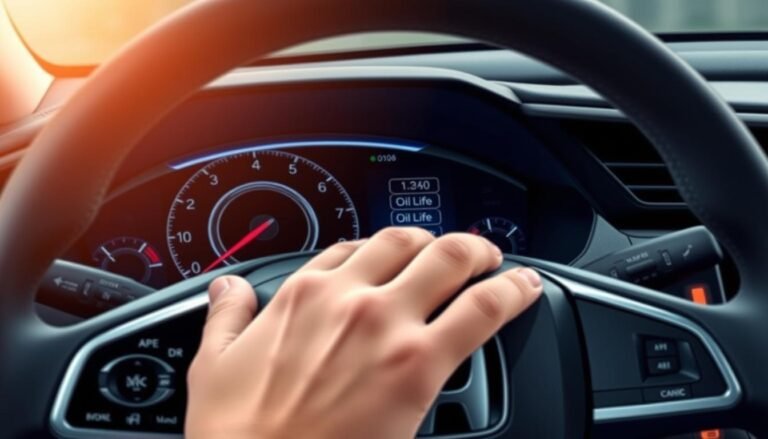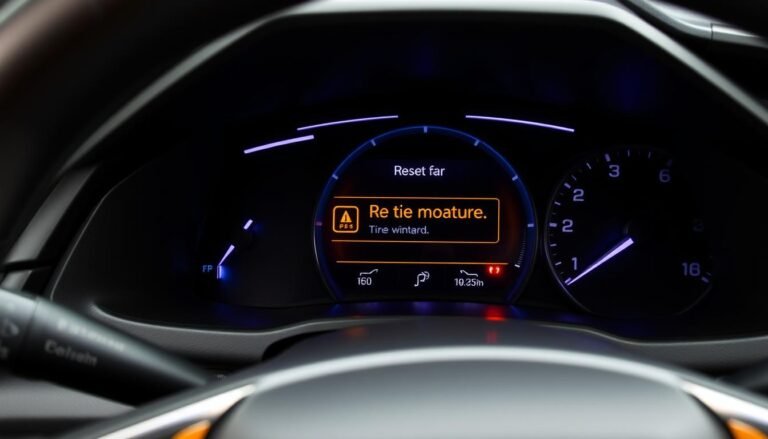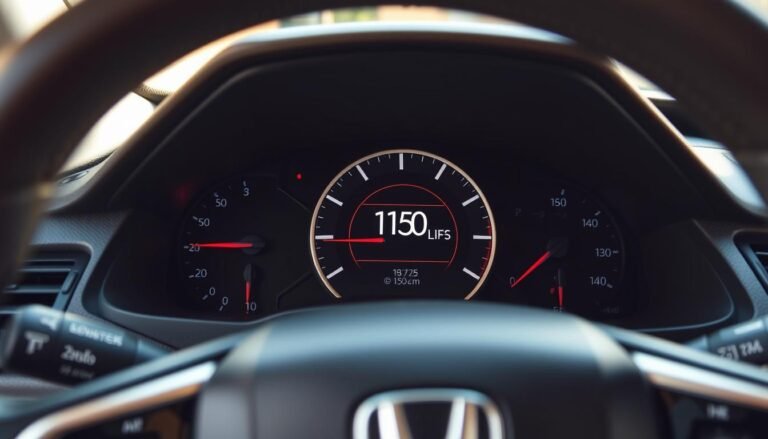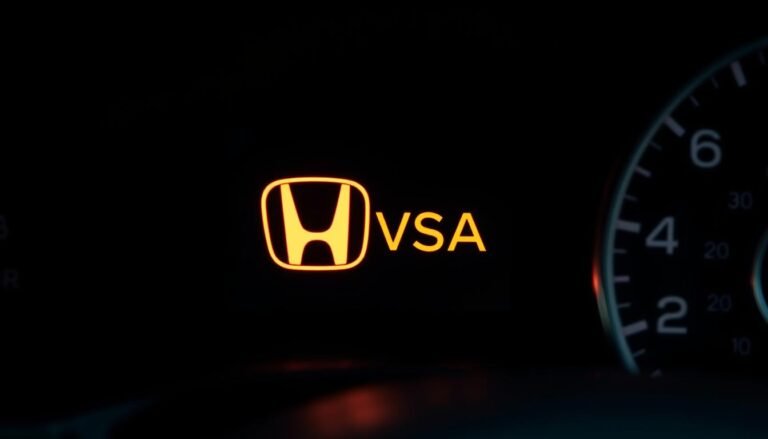These Model Honda Element Years To Avoid – Buyer’s Alert
The years 2003 to 2008 are ones to avoid when buying a Honda Element. These models have had various reliability issues.
Despite the Honda Element’s cool design and practical use, some years just aren’t good. Knowing which models to steer clear of can save you from costly repairs.
This buyer’s alert will highlight the years with the most problems. We’ll look at mechanical issues, interior quality, and how reliable these cars are overall.
With this info, you can pick a used Honda Element that fits your life and is likely to be reliable for a long time.
Overview of The Honda Element
The Honda Element was launched in 2002. It became a top choice for people who wanted a useful vehicle with a unique look.
It aimed to attract younger drivers with its boxy design, unlike traditional SUVs.
The model’s flexible inside and durability are great for outdoor fans and families. It fits various life situations well.
Introduction To The Honda Element’s History
The Honda Element started in 2003. It stood out because it was made to be functional. Its big inside and room for lots of stuff appealed to those needing a versatile car.
This idea was to serve people with an active way of living, showing the brand’s trusted image.
Popularity and Features of The Model
The overview of honda element points out popular honda element features people like. Important features are:
- All-wheel drive for different types of ground
- Seats that change to make more room for things
- Interior is easy to clean, perfect for outdoor use
- Customization with special accessories to make it your own
These features helped the Honda Element become well-liked right from the start.
Notable Honda Element Characteristics
The Honda Element is known for its amazing honda element design and its versatility. It has a lot of room inside and features meant for active people.
This makes the vehicle a top choice for those who want both usefulness and good performance.
Unique Design and Practicality
The Honda Element’s boxy shape adds to its practicality. This shape gives more space for cargo, which can fit different types of gear.
The flat floor and straight sides increase room inside and make it easy to load and unload things.
Also, the materials inside are tough and easy to clean. This is perfect for people with pets or those who love the outdoors.
Performance and Off-Road Capability
The Honda Element does well off-road, especially with all-wheel drive. It’s not just for off-roading but handles rough paths well, making it great for weekend trips.
It drives smoothly on highways and trails thanks to its responsive control and good suspension system.
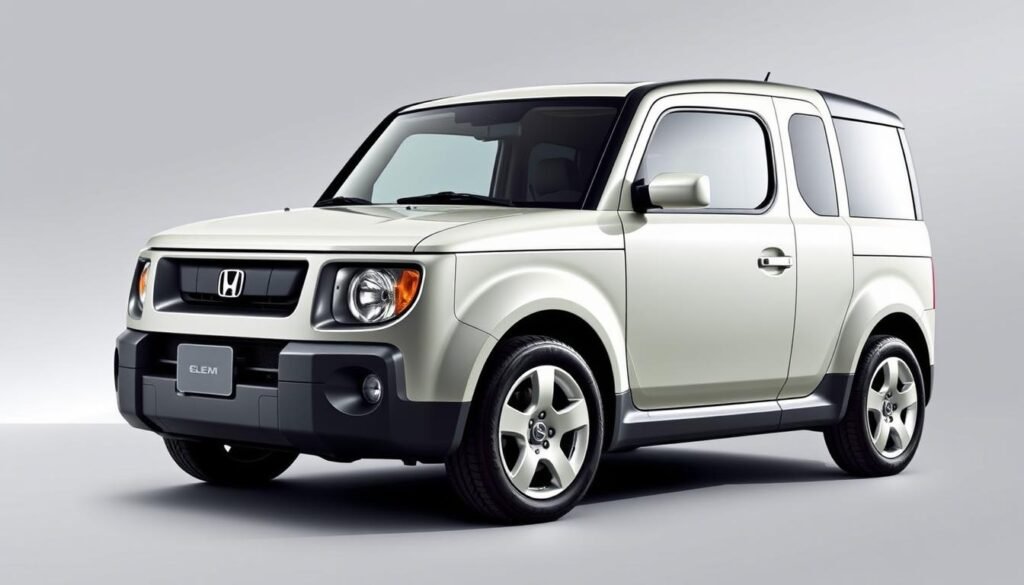
| Feature | Details |
|---|---|
| Interior Space | Generous space for passengers and cargo |
| Materials | Durable and easy-to-clean surfaces |
| Off-road Capability | Moderate, suitable for light off-roading |
| Design | Boxy and utilitarian for maximum functionality |
Common Issues with Honda Element
The Honda Element is known for its reliability but has faced some common issues over the years.
People thinking about buying one should know about these mechanical problems and interior issues reported by owners.
Mechanical Problems Across Model Years
Owners have pointed out certain mechanical problems like engine oil leaks and issues with the rear tailgates. These problems can mess with how the car runs and make it less convenient to use.
The oil leaks usually happen because of worn-out gaskets and need quick fixes to stop engine damage.
Complaints have also been made about the tailgate’s stability and alignment. This can make the tailgate hard to use.
Interior and Exterior Complaints
The interior quality of the Honda Element, particularly in the 2003 and 2004 models, has brought up several complaints.
There have been issues with door locks not working right and seat belt indicator lights.
These problems can lead to safety worries and should be seriously thought about by anyone looking to buy.
To avoid these problems, regular checks and maintenance are advised. This can help make sure the car stays enjoyable to drive.
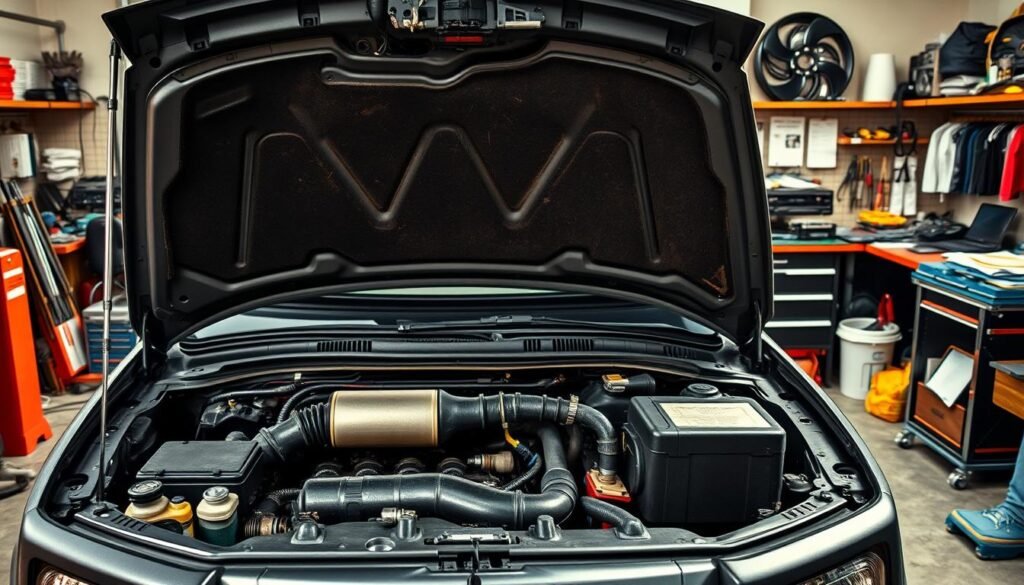
Honda Element Reliability Concerns
When looking into the Honda Element’s reliability, we consider various factors. These factors show why some model years are better than others.
Owners’ experiences help us understand how these cars perform over time. There’s a clear difference in reliability between the different years of the Honda Element.
Factors Affecting Reliability Over Different Years
In 2003 and 2004, the Honda Element faced many mechanical issues. But from 2005, things got better due to improved engineering.
Better manufacturing and quality control made these models more reliable.
Survey Data on Owner Satisfaction
Surveys on owner satisfaction reveal changes over the years. Later models have happier owners with fewer problems.
Earlier models, however, led to more repairs and frustration. It shows that improvements from the manufacturer made a big difference in satisfaction.
These Honda Element Years To Avoid
If you’re thinking about getting a Honda Element, it’s important to know which years to avoid.
The early models have had a lot of problems with their mechanics and electronics. Knowing about these issues can help you choose wisely and avoid these particular years.
Model Years with Notable Problems
The 2003 and 2004 models of the Honda Element have had their share of problems.
Issues include ignition key failures, transmission defects, and engine troubles. These problems can make owning these models less enjoyable.
2003 and 2004 – The Early Challenges
The 2003 and 2004 Honda Element might look good, but be careful. Owners often say the ignition keys don’t work well.
They also report transmission issues that can lead to expensive repairs. These years are definitely ones to avoid if you want a reliable used car.
2007 and 2008 – Unexpected Issues
The 2007 and 2008 models also have problems, despite some improvements. The 2007 model has issues with the gauge needles, making it hard to read important information.
The 2008 model has brakes that wear out too soon. These problems show that even newer models might not be as reliable as you’d hope from Honda.

| Model Year | Common Problems | Owner Complaints |
|---|---|---|
| 2003 | Ignition key failures, Transmission issues | High repair costs |
| 2004 | Engine troubles, Transmission defects | Frequent breakdowns |
| 2007 | Gauge needle malfunctions | Inaccurate readings |
| 2008 | Premature brake wear | High maintenance expenses |
Best Honda Element Model Years
The Honda Element is well-liked for its one-of-a-kind design and usefulness. If you’re wondering about the best Honda Element years, focus on 2005 to 2011 models.
These years are known for being trustworthy and appeal to many drivers.
Recommended Years For Reliability
The years 2005, 2006, 2009, 2010, and 2011 are known for their reliability. These models show off the progress in engineering and design.
This led to better safety and performance, making owners happy.
What Makes These Years Stand Out?
The highlighted Honda Element years come with several improvements. These include better safety, interior features, and engineering.
These upgrades make them reliable and a solid choice for buyers.

Honda Element Known Failures
The Honda Element has faced several issues over the years. Owners have noted engine oil leaks in early models and dashboard problems reported in 2007.
Knowing about these problems can help you decide if this car is right for you.
Specific Mechanical Failures by Year
| Model Year | Known Failures |
|---|---|
| 2003 | Engine oil leaks and transmission problems |
| 2004 | Recurrent issues with the drive axle |
| 2007 | Dashboard displays malfunctioning |
| 2008 | Power locking system failures |
Owner Reports and Experiences
Many Honda Element owners have complained about its durability, especially the older models. They’ve faced mechanical issues that were both annoying and costly.
Hearing from them offers insights into what you might face with different model years. It’s important to focus on reliability when looking for a Honda Element.
Durability and Resale Value of Honda Element
The Honda Element is famous for being strong and reliable. These qualities make it last a long time.
Because of this, it keeps its value well, attracting many who want to buy used cars. People love this unique SUV for its ability to endure and perform well over the years.
Impact of Reliability on Resale Value
How dependable a car is can really affect its resale value. The Honda Element stands out in this area. People who own one are usually very pleased with how long it lasts.
Since the cars made after 2006 were even better made, they tend to sell for more. This high demand means you can sell it later and still get a good price.
Market Demand For Specific Model Years
Some years of the Honda Element are more sought after than others. This is mostly because of how reliable these cars are and the features they have. Models made from 2006 and later are especially popular.
They attract a lot of buyers, leading to better prices for these used cars. This shows that people really value a car that is both useful and reliable.
| Model Year | Average Resale Value | Market Demand (1-10) | Durability Rating (1-10) |
|---|---|---|---|
| 2003 | $5,000 | 4 | 6 |
| 2006 | $9,500 | 8 | 8 |
| 2007 | $10,000 | 7 | 9 |
| 2010 | $11,500 | 9 | 9 |
Conclusion
If you’re thinking about buying a Honda Element, it’s key to know which years to skip. Avoid the 2003, 2004, 2007, and 2008 models because of their reliability issues.
Learning which Honda Element years to dodge can help you make a better choice.
For a reliable ride, look at models from 2005, 2006, 2009, 2010, and 2011. These years are known for being sturdy and having fewer problems.
A Honda Element buying guide filled with detailed info will be a big help in making your decision.
In the end, picking a Honda Element that suits your needs and has a clean record will pay off.
Always do your homework. This way, you’ll not just get a practical car. You’ll get one that lasts long, too.
FAQs
Q: What are the Honda Element years to avoid?
A: It’s wise to steer clear of the 2003, 2004, 2007, and 2008 models. They have more mechanical issues.
Q: What common issues do problematic Honda Element models face?
A: These models often have engine oil leaks and ignition key troubles. They also face transmission issues and early brake wear.
Q: How reliable is the Honda Element compared to other vehicles?
A: The Honda Element is seen as dependable, especially the models from 2005 and later. These have fewer problems than earlier ones.
Q: Are there any specific failures associated with the Honda Element?
A: Yes, early models often had engine oil leaks. The 2007 ones sometimes had dashboard issues.
Q: What Honda Element model years are recommended for potential buyers?
A: Go for the 2005, 2006, 2009, 2010, or 2011 models. They’re more reliable and have fewer issues.
Q: How does the design of the Honda Element benefit owners?
A: Its boxy shape means there’s lots of room inside. It’s great for those who are active or have families. Plus, it’s easy to clean.
Q: What impact does reliability have on the resale value of the Honda Element?
A: The later models, being more reliable, keep their value better. This keeps demand high in the market.

